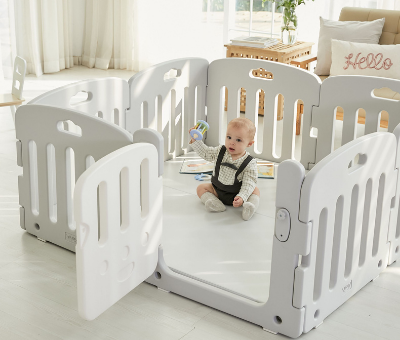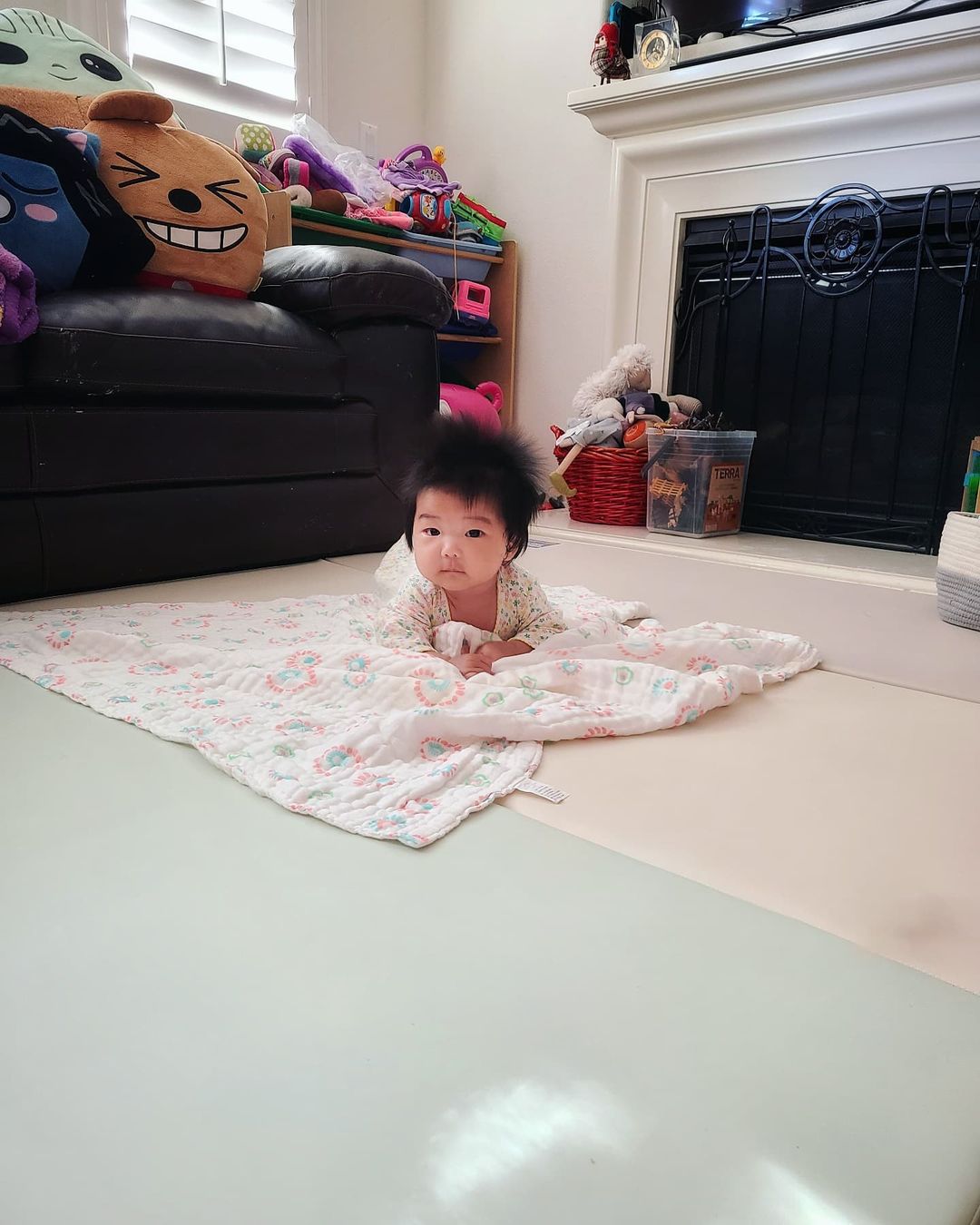
Autism in Babies and Children: Benefits of Sensory Play
What is autism?
Autism Spectrum Disorder (ASD) is a developmental condition that presents differently in each individual, but often includes challenges with social interaction, speech, and repetitive behaviour. As the name describes, autism is a spectrum, and the severity of the symptoms associated with autism vary widely between individuals. Obvious symptoms of autism are often present in childhood, and many begin to appear around age 2 or 3
Autism in babies and children
Symptoms of autism can begin to show in babies as young as 3 months old, but tend to become more obvious at about 6-12 months of age. Some children don’t show any signs of autism as babies, and their symptoms develop as they get older.
Signs of autism in babies and young children often present as communication delays, which can include a lack of eye contact, smiling, laughter, babbling, and hand gestures (i.e., pointing to objects or people). Children on the spectrum may also begin to speak at a slower pace than their peers, and depending on the severity of their symptoms, some may remain non-verbal. None of these signs are conclusive, but may give parents a motive to schedule an appointment with their pediatrician, just to double-check what’s going on.
What are sensory issues?
Autistic individuals often struggle with sensory issues, and can be both hyper or hypo-sensitive, i.e., they can be over or under-responsive to stimuli.
The stimuli that contribute to these sensory issues can be related to any of the 5 senses- sights, sounds, tastes, and touches can all be the source of an issue. In addition to the traditional 5 senses, balance and body awareness can also cause sensory issues. It is important to create sensory-friendly spaces. Accommodations for hyper-sensitivities can include dimmed lighting, scent-free products and environments, and clothing to accommodate any body sensitivities. For hypo-sensitivities, accommodations include sensory-stimulating toys, play gyms, furniture arrangements that reduce the chance of injury, and opportunities to practice physical skills like dancing, and jumping, among other stimulating activities.
What is sensory play?
Sensory play is, as it sounds, a type of play that stimulates the senses. Infants, toddlers, preschoolers and even young elementary-school aged children can benefit from sensory play. Not only does it help children learn through their 5 senses, but it can also assist with their language development, cognitive growth, and motor skills, as well as balance and body awareness. Exploring the benefits of sensory play
Parents can get super creative with sensory play. It can include activities like squishing play dough, doing food taste tests, jumping, dancing, and trying basic gymnastics moves like walking on a balance beam or standing on one foot. The range of possibilities is seemingly endless!
Sensory play for children with autism
Sensory play can still be wonderfully beneficial for children with autism, though it may require additional supervision- especially if the child is hyper-sensitive. It is important to ensure that the child does not become overwhelmed, and/or experience sensory overload. Parents need to be aware of their own child’s limitations, and set up developmentally appropriate, supervised sensory play sessions that will truly benefit the child, not cause them stress or harm.
There are plenty of ideas out there for sensory activities that may be useful for infants, toddlers, and/or children on the spectrum- here is a list of a few good ones.
Where should you engage in sensory play?
For autistic children, as mentioned, it’s important that they feel safe and don’t become overwhelmed while engaging in sensory play. Therefore, they should play in a safe and secure environment that they feel comfortable in, so that the focus is truly on the play and not on their surroundings.
A good-quality play mat can provide them with a padded, safe, consistent space for them to grow, explore and develop new skills. ALZiP mats are designed to encourage babies' movement in a safe, exploratory environment. ALZiP mats create the perfect neutral setting with absolutely no affronting bright colours, disturbing smells, or uncomfortable textures. This baby play mat creates the ideal background where sensory toys and activities can be added and exchanged as needed, but ALZiP mat itself will remain a consistent safe space. Even older kids can reap the benefits of ALZiP mat!

📷 Wunderkids
Overall, sensory play can be extremely beneficial for babies and children on the spectrum, if practiced properly. By utilizing a neutral, scent-free, non-toxic playmat like ALZiP mat, parents can begin introducing their children to the exciting world of sensory play.
For further reading check out this guide on Caring for the Eyes of Children with Special Needs here.





